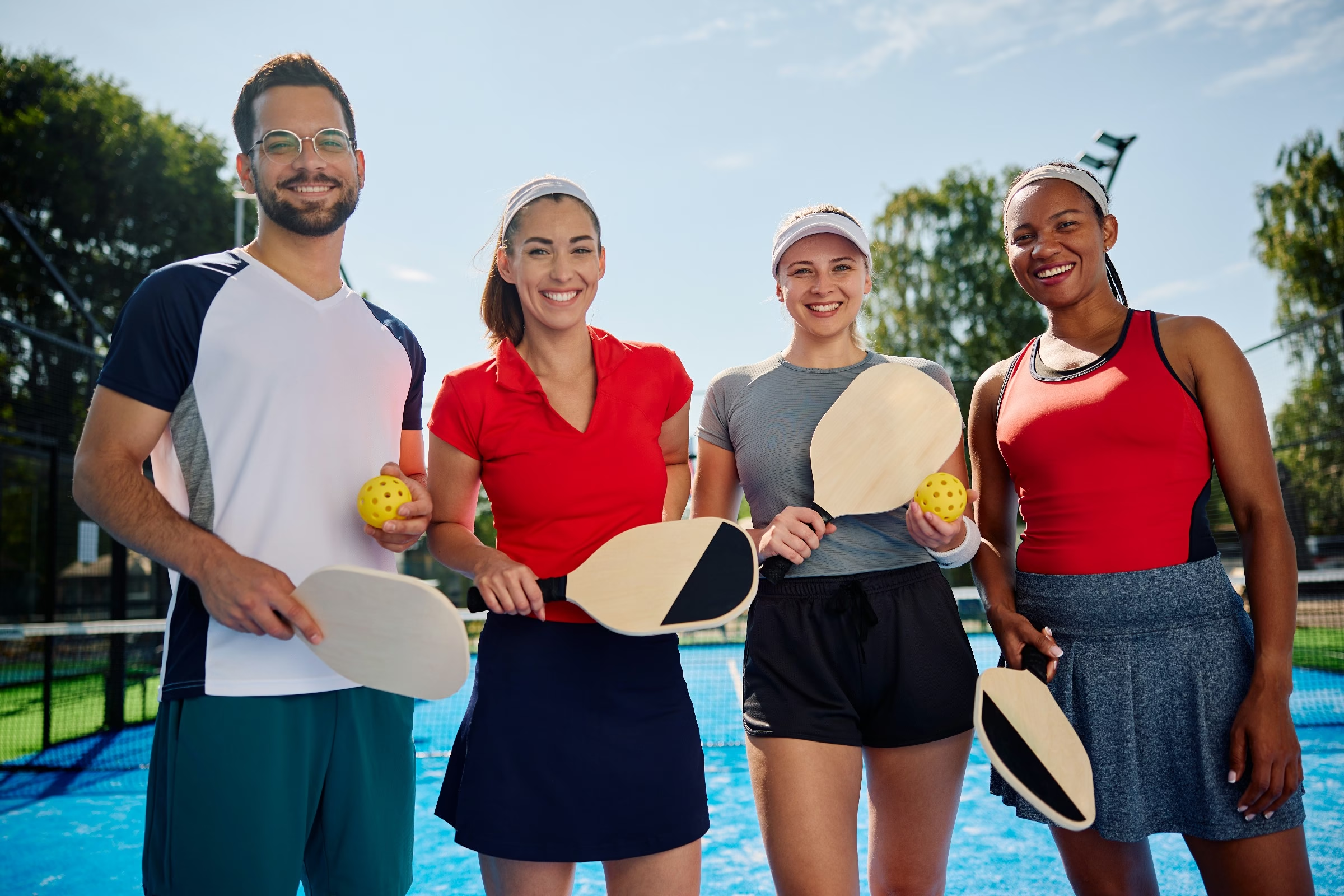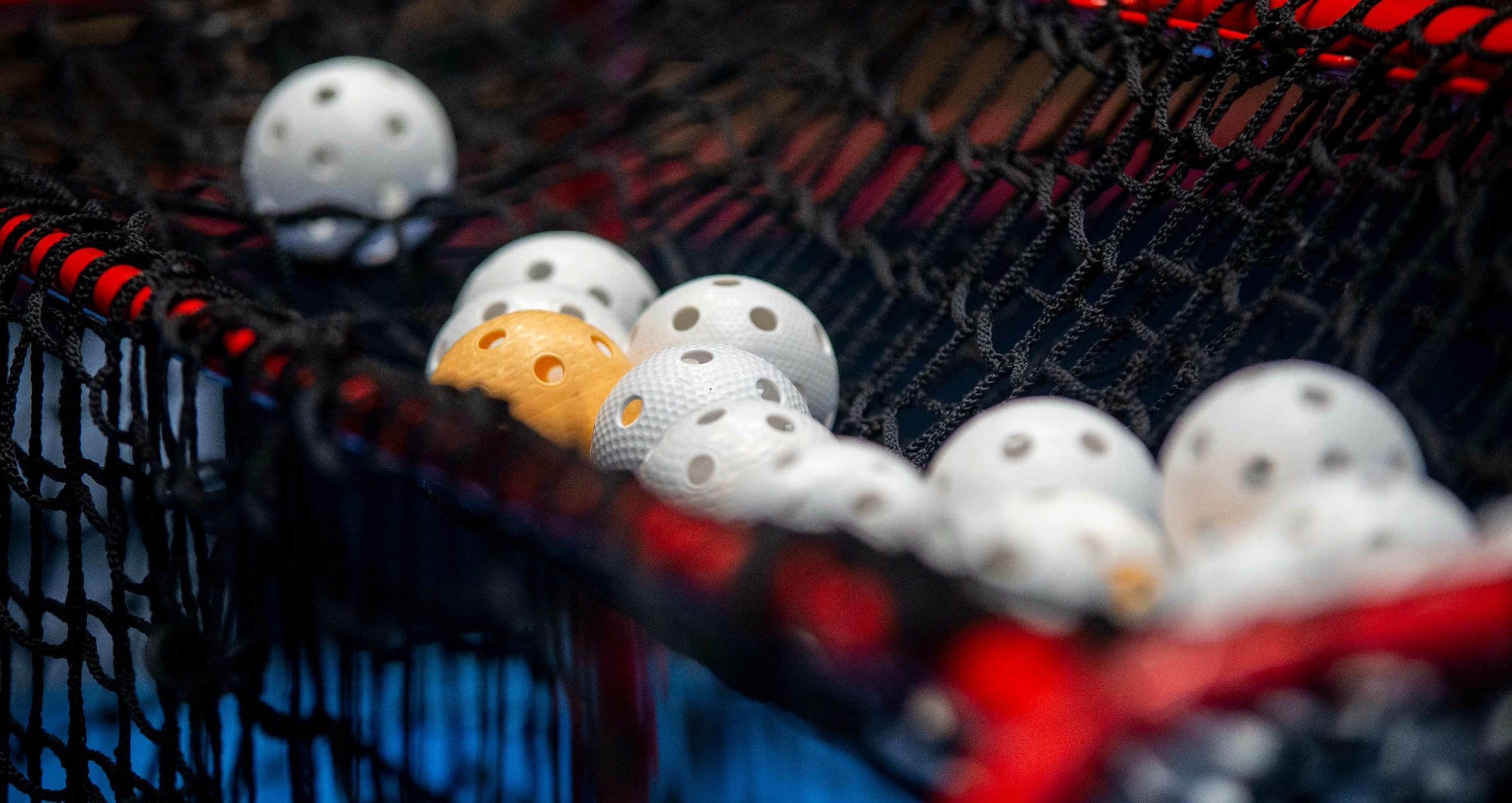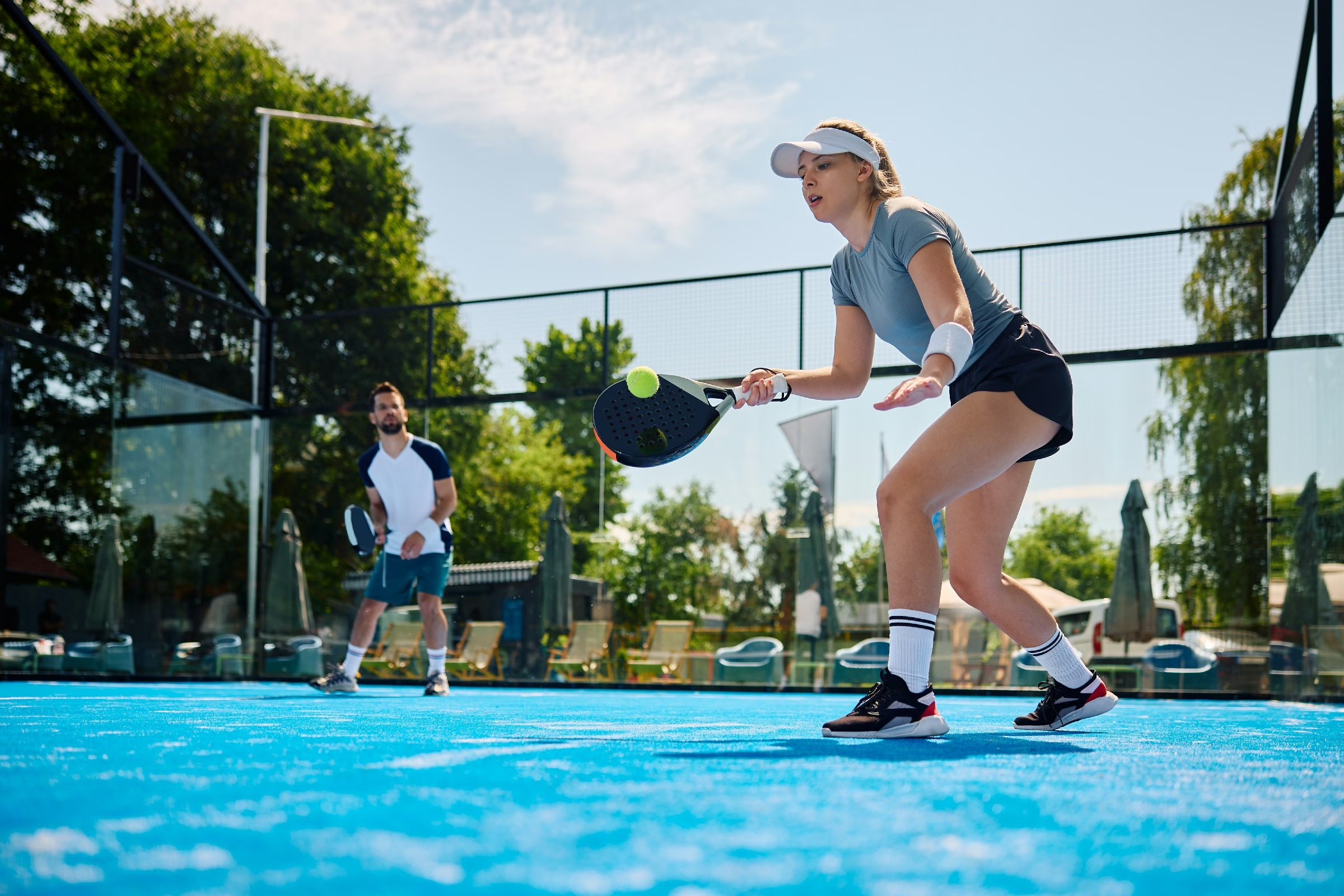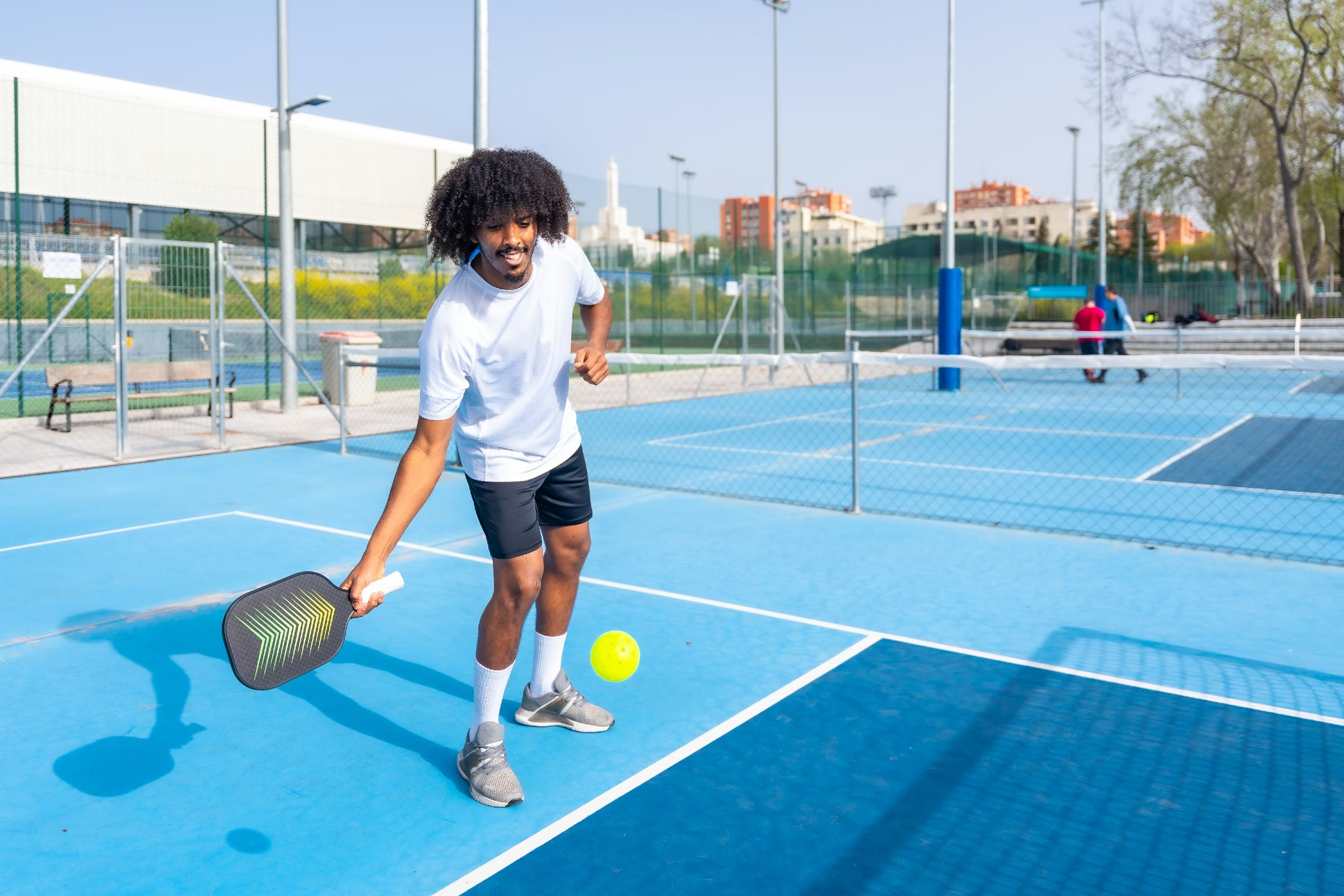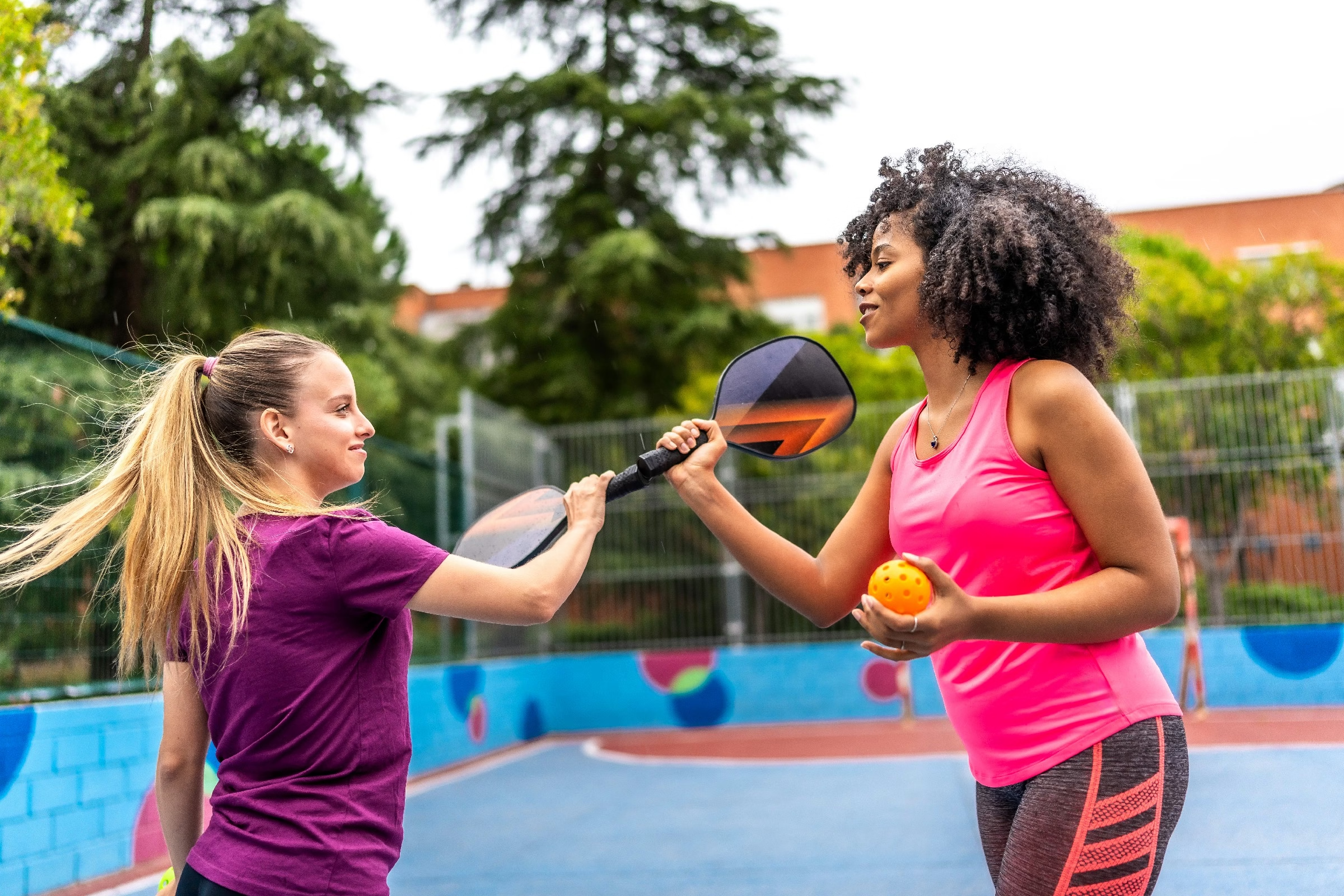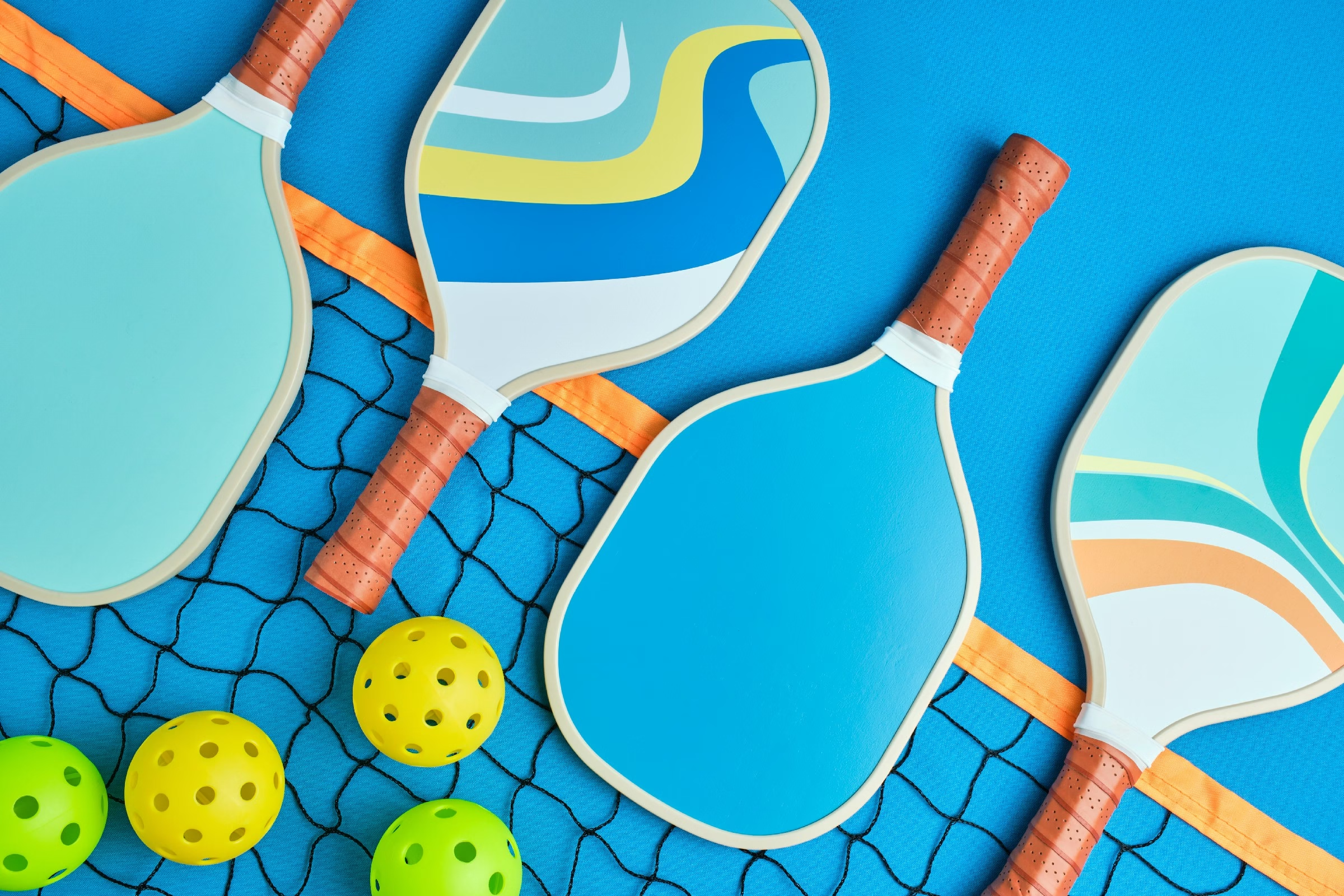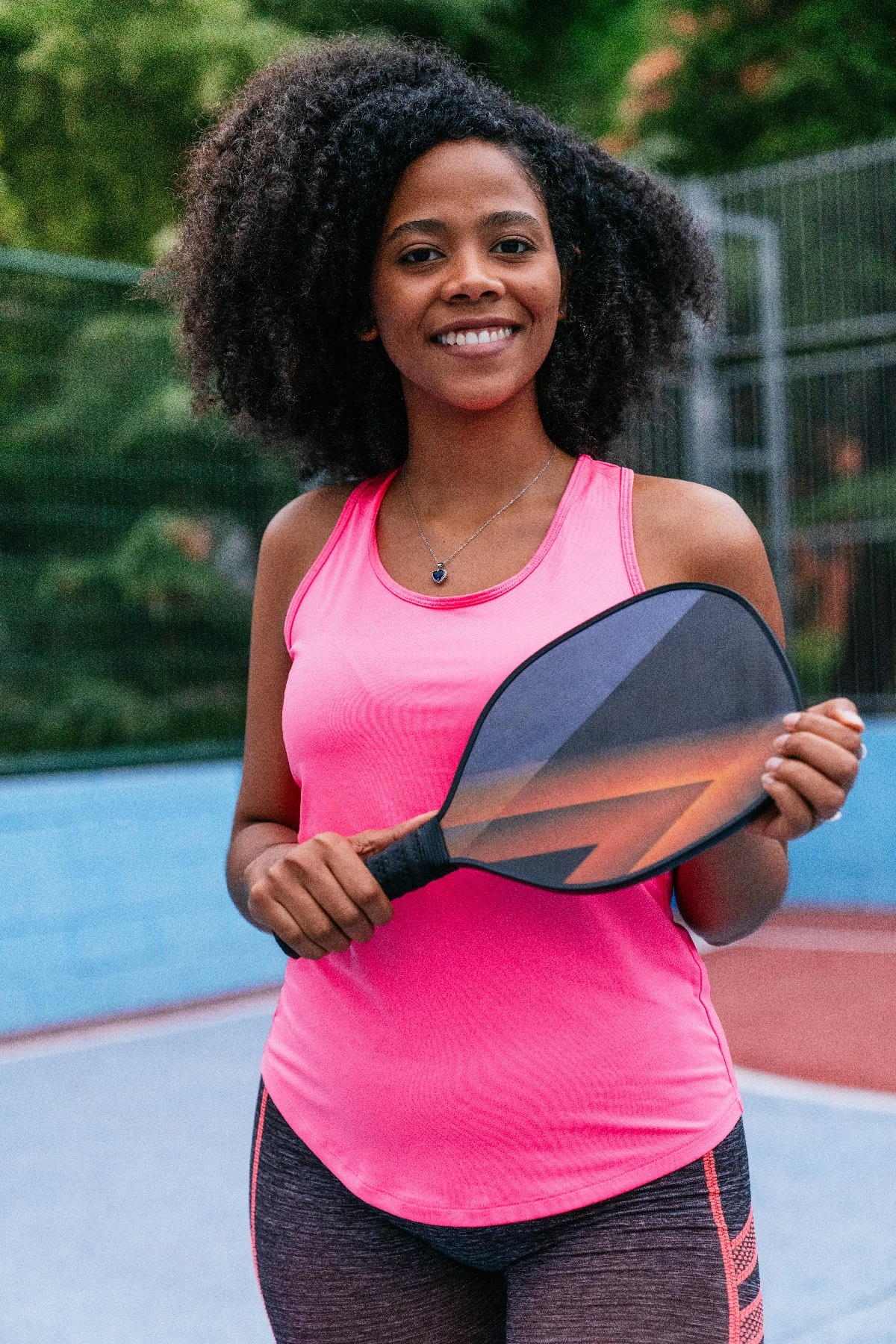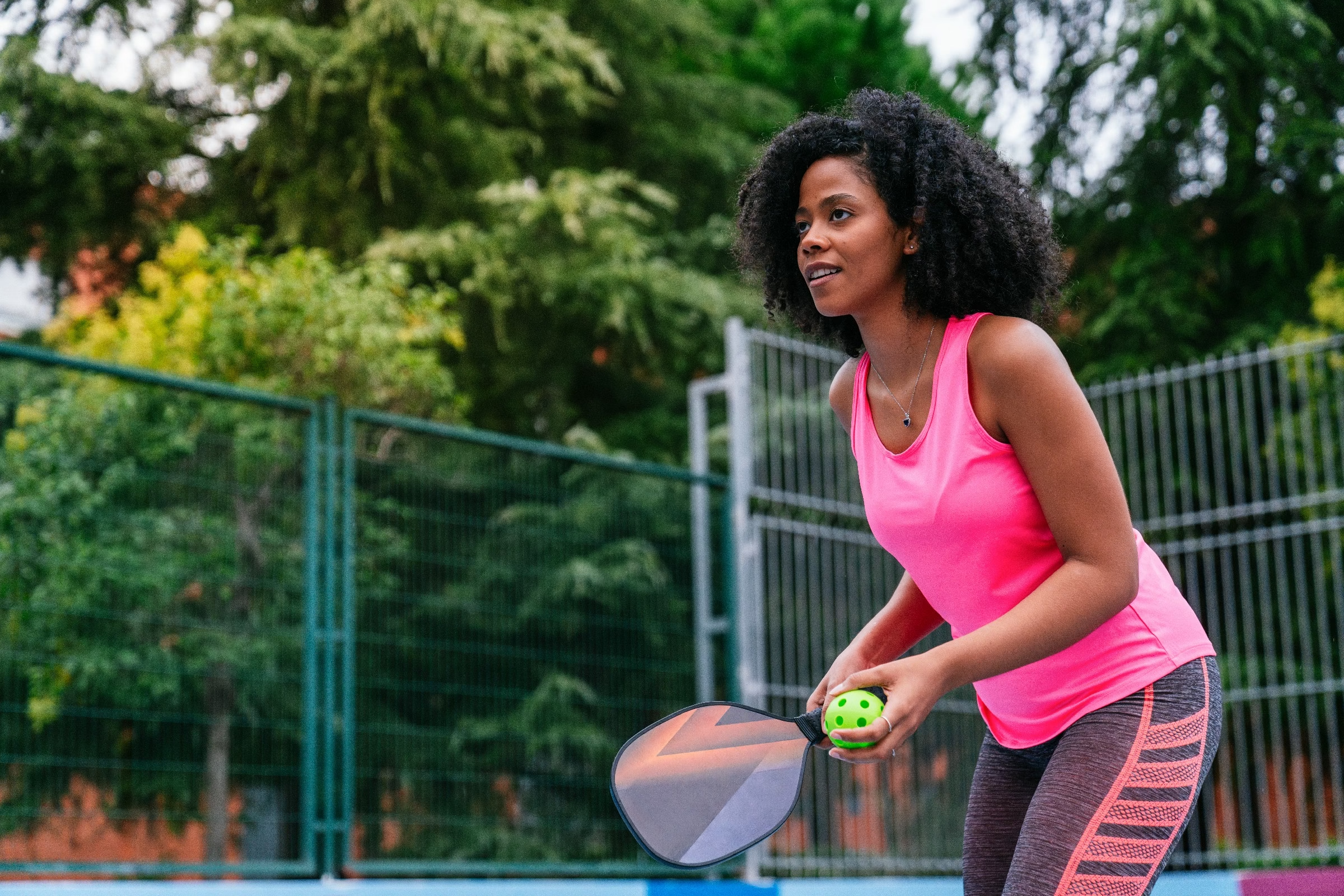Blog
why is pickleball so popular
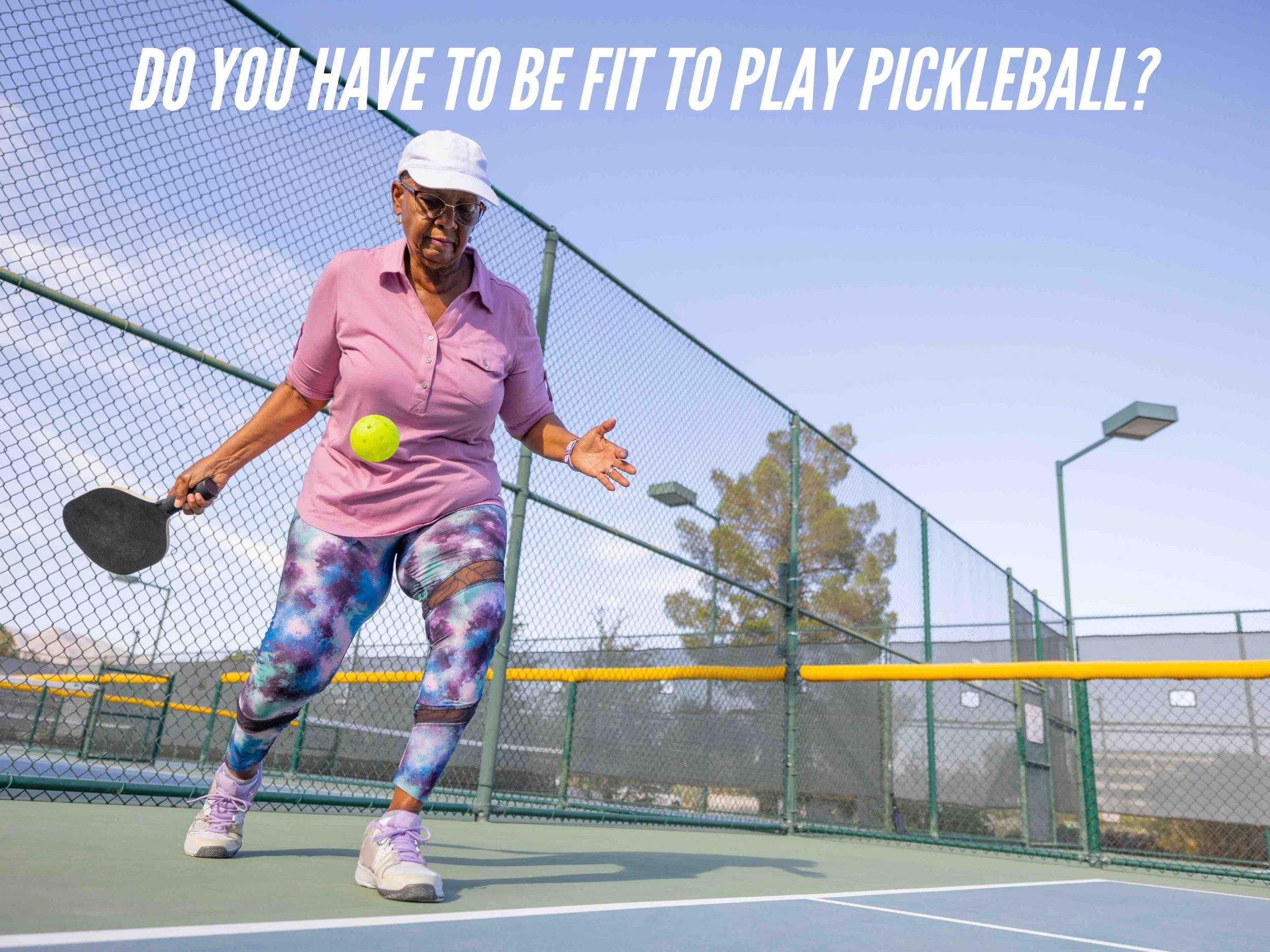
In recent years, a vibrant new sport has surged onto the scene, captivating players of all ages and skill levels: pickleball. Combining elements of tennis, badminton, and table tennis, this engaging game has transformed community centers, parks, and backyards into lively arenas of friendly competition. But what is it about pickleball that has struck a chord with so many? From its accessible rules and social atmosphere to the exhilarating blend of strategy and skill, the rise of pickleball is not just a fleeting trend but a testament to its unique appeal. In this article, we will explore the key factors that have propelled pickleball into the hearts and schedules of enthusiasts across the globe, shedding light on why this sport has become a beloved pastime and a symbol of community connection.
The Allure of Accessibility: How Pickleball Welcomes All Ages and Skill Levels
The charm of Pickleball lies in its ability to create an inclusive environment that invites everyone, from seasoned athletes to curious beginners. This unique sport blends elements from tennis, badminton, and ping-pong, making it not only accessible but also enjoyable for a wide spectrum of players. Players can easily adapt their styles and strategies, allowing them to engage in the game at their own pace. Some key aspects that contribute to its welcoming nature include:
- Simple Rules: The basic rules are straightforward, allowing newcomers to pick up the game with minimal instruction.
- Low Impact: The smaller court size and lighter paddles decrease the risk of injury, making it ideal for all ages.
- Community Spirit: Group play and local clubs foster camaraderie, encouraging social interaction.
Moreover, facilities catering to Pickleball are becoming more widespread, making it even easier to find a court and a match. Seasonal tournaments and recreational leagues often tailor divisions to cater to different skill levels, ensuring that everyone has the opportunity to both compete and connect. Here is a glimpse of the demographics that have embraced the sport:
| Age Group | Participation Rate |
|---|---|
| 18-34 | 25% |
| 35-54 | 40% |
| 55+ | 35% |
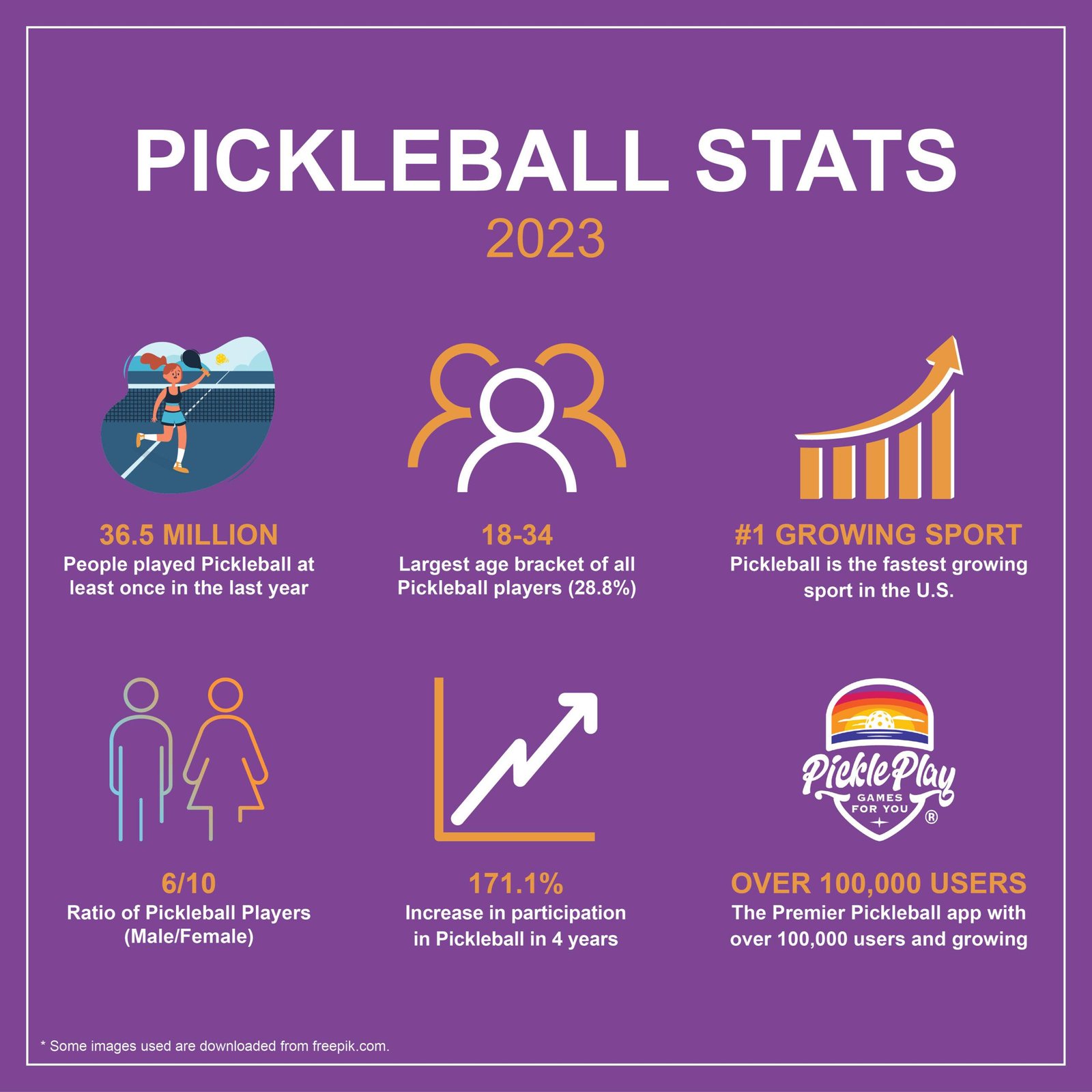
Community and Connection: The Social Benefits Fueling Pickleballs Growth
One of the most remarkable aspects of pickleball is its ability to foster a sense of community among players of all ages and backgrounds. As more people join this fast-growing sport, they find themselves not just competing, but building lasting friendships through the shared experience of play. In local parks and recreation centers, you will often see players enjoying the camaraderie, regardless of skill level. This encourages a welcoming environment where newcomers can feel part of the action without intimidation. Factors contributing to this vibrant social tapestry include:
- Inclusive Nature: Pickleball is accessible to people of all ages.
- Flexibility: Casual and competitive settings accommodate various play styles.
- Community Events: Tournaments and gatherings are common, promoting local engagement.
The team aspect of pickleball not only enhances social interaction but also connects players with shared interests. As friendships blossom on the court, many individuals find themselves wanting to return, turning what started as a recreational activity into a weekly social event. Here are some key elements that encapsulate this growing sense of belonging:
| Element | Impact on Community |
|---|---|
| Regular Meetups | Facilitates relationship building and consistent participation. |
| Mentorship Programs | Creates opportunities for experienced players to support newcomers. |
| Social Media Groups | Encourages online connections translating into in-person engagement. |

Health and Fitness: The Physical Perks that Make Pickleball Irresistible
Engaging in pickleball offers a plethora of physical benefits that contribute to its skyrocketing popularity. As a fast-paced sport, it combines elements of tennis, badminton, and table tennis, providing a full-body workout that can enhance cardiovascular health, improve muscle strength, and boost endurance. Players engage in quick lateral movements, promoting agility and coordination, while the social aspect encourages camaraderie, making the experience enjoyable and motivating. The low-impact nature of the game also makes it accessible to a wide range of ages and fitness levels, reducing the risk of injury while still delivering a satisfying workout.
In addition to the physical perks, pickleball provides measurable mental wellness benefits. The game demands concentration and strategic thinking, sharpening cognitive function through tactical gameplay. Participating in regular sessions can lead to improved mood and reduced stress levels, thanks to the endorphins released during physical activity. Here are some key physical and mental benefits that make pickleball an irresistible choice:
- Increased cardiovascular fitness
- Improved coordination and balance
- Enhancement of strength and stamina
- Stress relief and boosted mood
- Social interaction and community building
| Benefit | Description |
|---|---|
| Cardiovascular Health | Stimulates heart and lung function through aerobic activity. |
| Agility | Enhances quick footwork and reflexes, crucial for effective play. |
| Social Engagement | Fosters social connections through teamwork and friendly competition. |
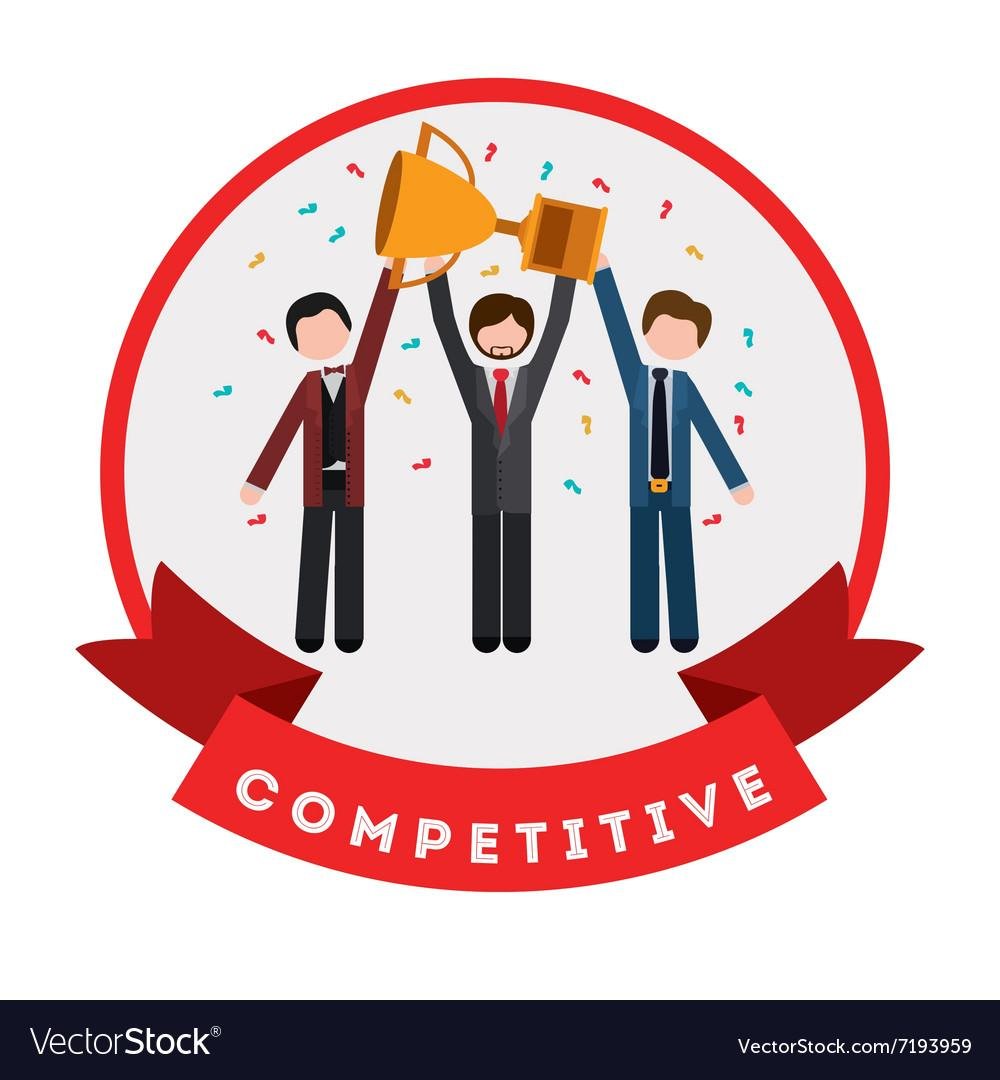
Cultivating Competitive Spirit: Exploring the Thrill of Play and Strategy in Pickleball
The exhilarating blend of skill and strategy inherent in pickleball is a magnetic draw for players of all ages. As participants engage in fast-paced rallies, the combination of quick reflexes and tactical shot placement becomes crucial. The sport offers a unique opportunity to strategize against opponents while developing individual prowess, allowing players to:
- Enhance Critical Thinking: Making split-second decisions to outmaneuver competitors fosters mental agility.
- Promote Team Dynamics: Doubles play requires effective communication and trust between partners.
- Improve Physical Fitness: The lively nature of the game provides a fun workout while igniting a competitive spark.
The joy of competition within pickleball also stems from its inclusivity, enabling individuals with varying skill levels to engage in friendly yet spirited matches. As players quickly learn the rules and mechanics, they can immerse themselves in local clubs and leagues, enhancing the social aspect of the sport. Consider the following factors that contribute to its thriving community:
| Factor | Impact |
|---|---|
| Accessibility | Easy to learn, making it approachable for newcomers. |
| Age Inclusivity | Players of all ages can compete together, fostering community. |
| Social Interaction | Encourages connection and camaraderie among participants. |
Q&A
Q: What exactly is pickleball, and how did it get its name?
A: Pickleball is a paddle sport that combines elements of tennis, badminton, and ping pong, played with a perforated plastic ball on a court similar to a badminton court. It was invented in 1965 by three dads—inspired by their kids’ desire for a new game—who decided to combine all their favorite racquet sports. The name “pickleball” is rumored to have come from the inventors’ dog, Pickles, who would chase after the ball, though some argue it refers to the “pickle boat” in crew where leftover players are chosen.
Q: Why is pickleball gaining popularity among both young and older players?
A: Pickleball’s charm lies in its accessibility. The game is easy to learn, doesn’t require extensive athletic ability, and allows both younger and older players to enjoy a fast-paced sport together. Its smaller court size means less running, making it less physically demanding while still providing a solid workout. This inclusivity fosters community and social interaction, appealing to players of all ages.
Q: What are the key benefits of playing pickleball?
A: Beyond fostering a sense of community, pickleball offers numerous physical and mental health benefits. It enhances cardiovascular fitness, improves coordination, and can even boost mood due to the endorphins released during play. The game’s strategic nature also encourages critical thinking and quick decision-making, making it mentally stimulating as well.
Q: How does the social aspect of pickleball contribute to its popularity?
A: Pickleball is inherently a social sport. Games often involve doubles, encouraging teamwork and communication. Many communities have formed pickleball clubs, creating opportunities for players to connect, socialize, and build friendships. The light-hearted atmosphere, marked by shared laughs and friendly competition, enhances the overall experience, making it more than just a game.
Q: Is pickleball becoming more competitive, and what does that mean for players?
A: Yes, as awareness of the sport grows, so does the competitive scene. Local, national, and even international tournaments are being organized, drawing in players looking to take their skills to the next level. This increasing competitiveness provides opportunities for players to challenge themselves, improve their game, and connect with a broader community of enthusiasts.
Q: What factors are driving the growth of pickleball, particularly in urban areas?
A: Urban areas have seen a spike in interest due to the sport’s minimal space requirements and growing facilities. Many parks and recreational centers are adding pickleball courts to meet the demand. The rise of social media and the sharing of highlighting moments further popularizes the sport, attracting newcomers eager to join in the fun.
Q: Are there any downsides to the sudden surge in popularity?
A: While the growth of pickleball is largely positive, it can lead to challenges like crowded courts and the potential for overuse injuries due to the game’s fast pace. Additionally, some tennis players have expressed concerns about the encroachment of pickleball courts on traditional tennis spaces. However, many new facilities are being built to accommodate both sports and foster an inclusive environment.
Q: What does the future hold for pickleball?
A: The future of pickleball looks promising, with projections indicating sustained interest and growth. As more people experience the joy of playing, we can expect even more facilities, tournaments, and innovations within the sport. The potential for growth is vast, and pickleball may become a mainstay in community sports for years to come.
Concluding Remarks
As we step back from the vibrant courts and bustling communities embracing this sport, it’s clear that pickleball has woven itself into the very fabric of recreational play across generations. Its blend of accessibility, social interaction, and strategic depth offers something for everyone—whether a seasoned athlete or a curious newcomer. As we’ve explored, factors such as the sport’s low barrier to entry, the inclusive atmosphere it fosters, and the joy of friendly competition all contribute to its meteoric rise. So, whether you’re grabbing a paddle for the first time or reconsidering your place at the net, it’s worth diving into this energetic game that’s sweeping the nation. With the enduring spirit of community and fun at its core, pickleball isn’t just a sport; it’s a celebration of connection, engagement, and a remarkable way to stay active in an ever-evolving world. As you lace up your sneakers and head to the nearest court, remember: the joy of pickleball is best enjoyed together.

